
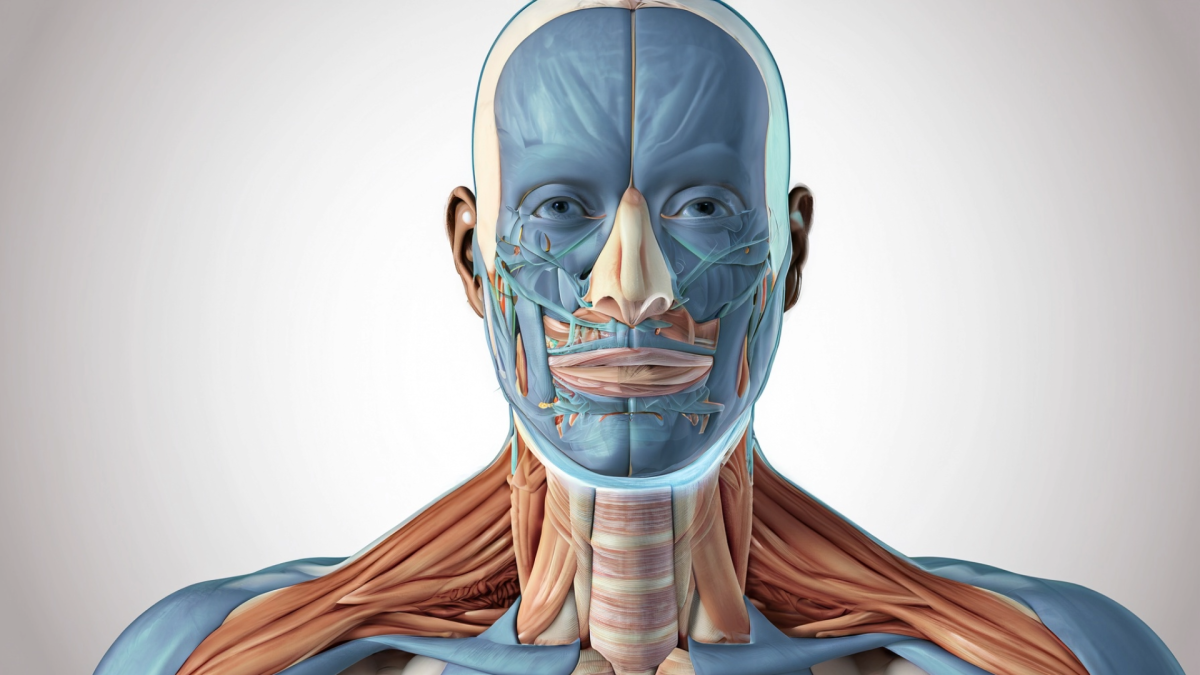







This project sets students up to explore animal anatomy and physiology with the idea of replacing a lost appendage (beak, leg, tail, fin, etc.) This is used in small groups of 2 or 3 over the course

This lesson is designed to review key biology concepts with 9-10th grade students using hands-on activities with LEGO bricks. I usually implement this a week before our Final exams. Students will
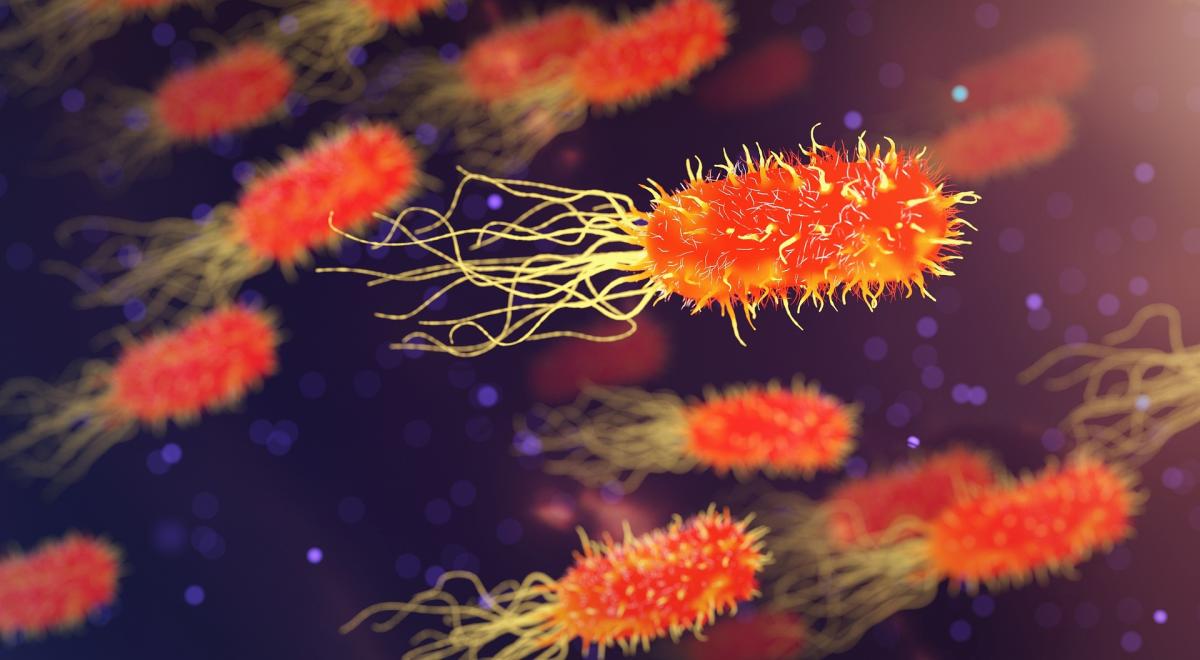
This lesson introduces the students to what are antibiotics, how they work, and why they are important. At the same time, it also talks about how an organism becomes antibiotic resistant. The students
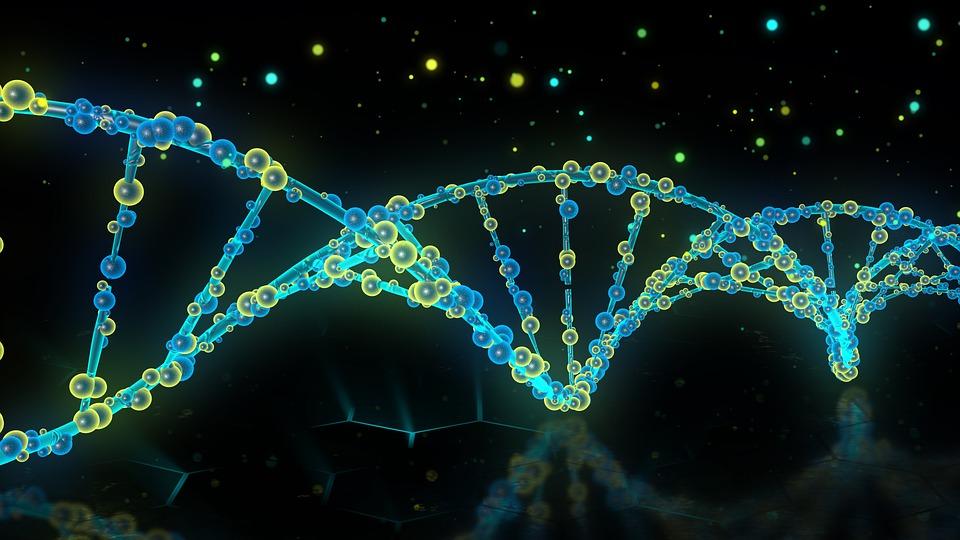
The lesson targets high school students. It aims to impart a solid understanding of genetics and probability through hands-on activities featuring Wisconsin Fast Plants. Covering an introduction to

In this final lesson, students will use a life expectancy model to figure their likelihood of dying at a certain age They will use this answer to calculate their best life insurance policy, and

Students will orient to the varied rates of death that depend on age. They will learn how to check for conditions of valid sampling designs that let them use the Normal curve for modeling their sample

In this lesson two of four, students have to estimate and guess how much weight each of four factors has on a person's life expectancy, which often causes discomfort. They will ask you for direction

In this first of a four-part unit, students are introduced to the question under investigation: How much life insurance should I buy to cover myself when I am 45 years old? To answer this

DNA, or Deoxyribonucleic Acid, is the molecule of life. DNA exists in every single organism, from the smallest bacteria to the largest mammal, and is the only known molecule that has the ability to

This STEM project allowed students to embark on an exciting journey of entrepreneurship with "Ride to Success." In this immersive STEM lesson plan, students will not only learn the ins and outs of

An introduction to Kepler's 1st Law and ellipses. The lesson includes some guided notes for students as well as a hands on activity where students will draw, measure, explore, and conduct calculations

The students receive a sample population of "bears" and use the colors and ratios to determine the genotypes of the captive bears and their parents.
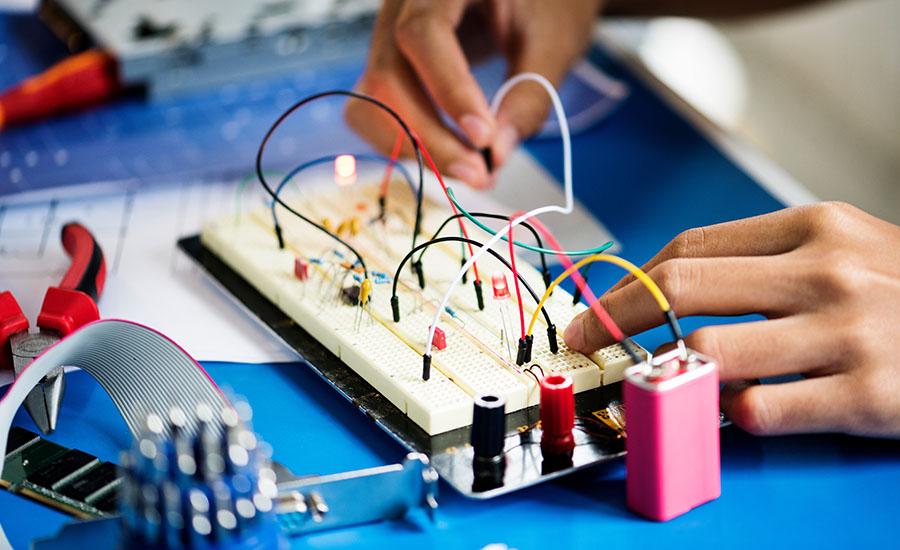
This lesson plan will allow students to explore the use of a PhET simulation in creating a series and parallel circuit, then apply this knowledge in creating a real circuit. Students will also learn

The purpose of this lesson is to introduce and apply the concept of frequency. Students will begin by a motivating “click the mouse” challenge. This will help them to develop the concept of frequency
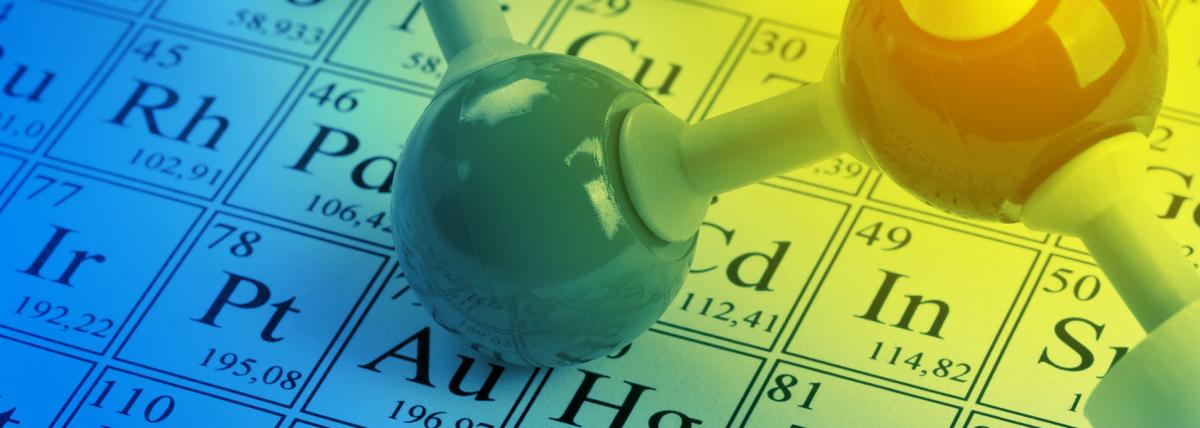
Students who have been studying logarithms can apply them using a chemistry lab to discover the pH of acetic acid (white vinegar) and even compare this to other acids.



